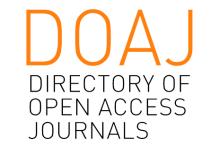Resource information
Transit-oriented development (TOD), as a sustainable supporting strategy, emphasizes the improvement of public transportation coverage and quality, land use density and diversity of around public transportation stations and priority of walking and cycling at station areas. Traffic, environmental and economic problems arising from high growth of personal car, inappropriate distribution of land use, and car-orientation of metropolitan area, necessitate adoption of TOD. In recent years, more researches on urban development and transportation have focused on this strategy. This research considering metro stations as base for development, aims to model metro users' travel behavior and decision-making procedures. In this regard, research question is: what are the parameters or factors affecting in the frequency of travel by metro in half-mile radius from stations. The radius was determine based on TOD definitions and 5 minute walking time to metro stations. A questionnaire was designed in three sections that including travel features by metro, attitudes toward metro, economic and social characteristics of respondents. Ten stations were selected based on their geographic dispersion in Tehran and a sample of 450 respondents was determined. The questionnaires were surveyed face to face in (half-mile) vicinity of metro stations. Based on a refined sample on 400 questionnaires ordered discrete choice models were considered. Results of descriptive statistics show that 38.5 percent of the sample used metro more than 4 times per week. Trip purpose for 45.7 percent of metro users is work. Access mode to the metro stations for nearly half of the users (47.6 percent) is bus. Results of ordered logit models show a number of significant variables including: habit of using the metro, waiting time in station, trip purpose (working, shopping and recreation), personal car access mode to the metro station, walking access mode to the metro station and being a housewife.



